Ways To Improve Circulation, And Why It Matters
Ways To Improve Circulation, And Why It Matters When You’re Young
Share the post
Share this link via
Or copy link
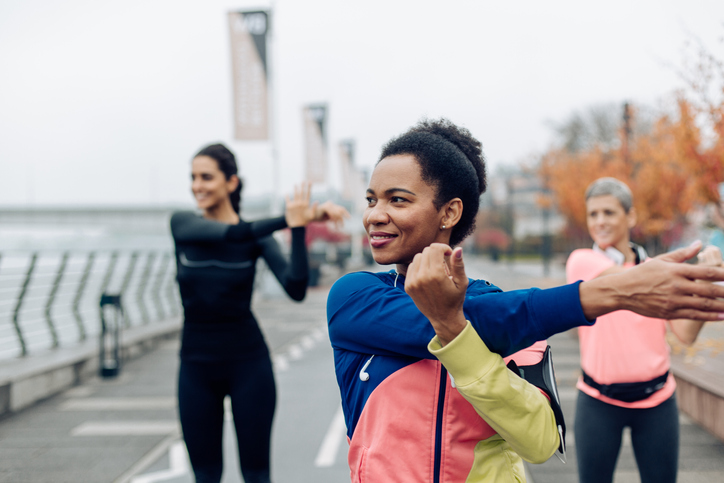
Source: RgStudio / Getty
You know that good circulation is, well, good, but do you know exactly why? You’ve probably heard your yoga instructors and other wellness professionals talk about improving your circulation. You tried their tips. But you weren’t really sure what the big deal was, or why proper circulation doesn’t just happen on its own. Your circulatory system is pretty busy. It contains blood, blood vessels, and the heart, and is responsible for getting sufficient oxygen to the tissue in your body, as well as moving hormones, and eliminating waste. It’s critical to helping your lungs, muscles, and heart work efficiently, as well as your immune system since it helps get white blood cells where they need to go.
There are many possible causes of poor circulation, including diabetes, obesity, heart disease, and blood clots. And though it is important to treat the underlying issues when they exist, it’s also necessary to improve circulation, even while working with doctors on other treatments for your condition. Some signs of poor circulation include numbness, tingling, muscle pain, or a throbbing sensation. Let’s look at some simple ways you can improve your circulation.

Source: Luis Alvarez / Getty
Simply stand up more
Did you know that over 27percent of Americans remain seated for eight hours a day, while an alarming 44 percent are entirely inactive? That can have many negative consequences, including poor circulation. When you sit down, you create natural creases and folds throughout your circulatory system that make it difficult for blood to get to your extremities. It may be time to consider a standing desk if your work requires you to be at your laptop all day.

Source: Westend61 / Getty
Quit smoking
Love MadameNoire? Get more! Join the MadameNoire Newsletter
We care about your data. See our privacy policy.
The smokers out there may feel targeted right now, but if you needed another reason to quit, here it is. Smoking causes a buildup of fatty deposits in your blood vessels and damages the elasticity of blood vessel walls, making it difficult for your blood to flow properly. That’s why you often see discoloration in the extremities of long-time smokers.
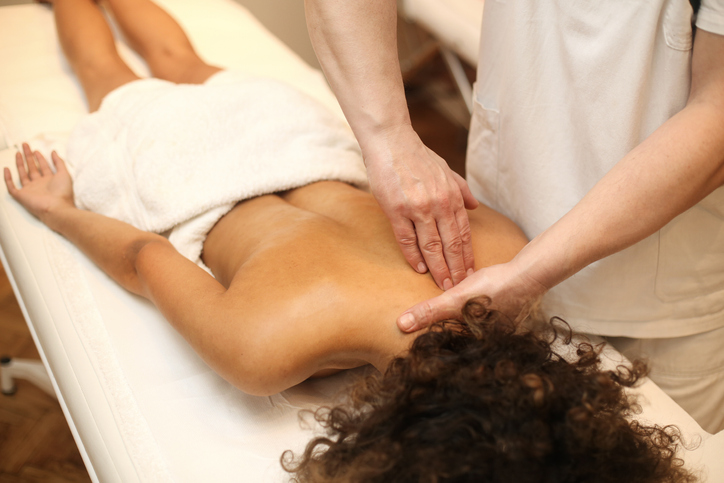
Source: GoodLifeStudio / Getty
Get a massage
Ah, now that’s probably a tip everyone can get behind. If you feel a new sense of vigor after a massage, that’s likely because your masseuse was doing much more than just helping you feel relaxed. When she pushes and pulls at your muscles, she encourages blood to flow through congested areas. She also releases lactic acid from your muscles and improves the circulation of your lymph fluid.
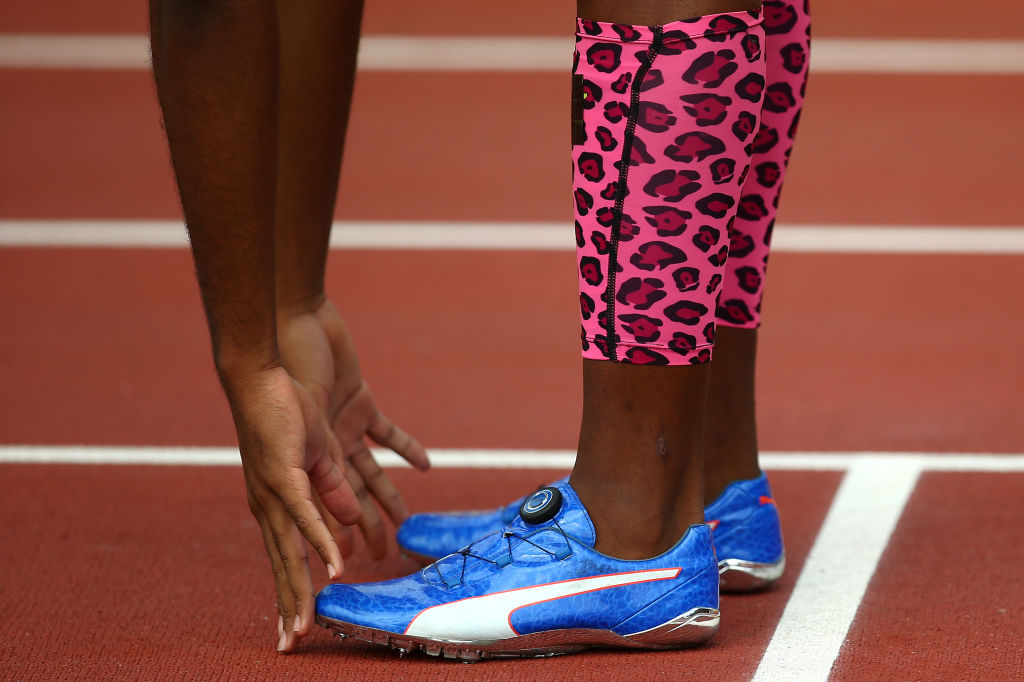
Source: Charlie Crowhurst / Getty
Try compression clothing
Compression clothing shouldn’t be a replacement for treating an underlying issue – particularly if excess weight is to blame – but it can help you in your journey. Compression garments keep the blood moving to your extremities, which is why you’re often recommended compression socks and sleeves after surgery. They’re also an affordable alternative to massages if you can’t get those frequently.

Source: wilpunt / Getty
Power walk
Even if jogging or rock climbing isn’t for you, power walking can give you the cardio you need to improve circulation. Just short (20 to 30 minutes) but regular cardio sessions can improve your blood vessels’ ability to dilate, which helps them better provide oxygen to your muscles. Another study found that the blood flow boost associated with regular cardio activity may improve cognitive function in elderly individuals.

Source: F.J. Jimenez / Getty
Eat more fish
If you don’t like fish, just grab an Omega-3 supplement from your local health food store. In addition to being good for your heart and your brain, Omega-3 helps promote blood flow to your muscles during exercise. Omega-3 fatty acids help prevent blood platelets from clumping together, creating what we know as blood clots, and can keep arteries from narrowing.

Source: Laura Doss / Getty
Take a long bath
There are so many benefits of taking a bath, but one of the reasons you feel particularly relaxed after one is that the hot water encourages your veins and arteries to expand, allowing blood to flow more freely throughout your body. A Jacuzzi does similar things, which is why so many athletes enjoy a hot soak after a strenuous game.
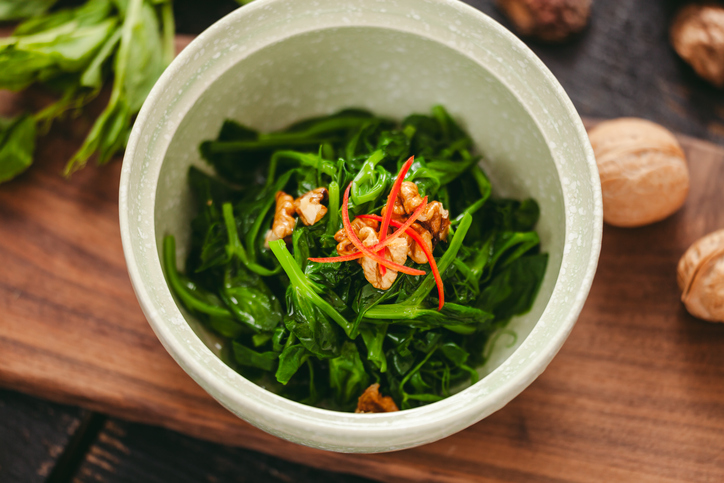
Source: sinceLF / Getty
Get more iron
Your body needs sufficient iron in order to produce proper levels of hemoglobin, which is necessary to move blood throughout the body. So be sure you’re getting enough of the stuff. You can take an iron supplement daily, or enjoy iron-rich foods such as spinach, fortified cereals, tofu, sweet potatoes, beans, and lentils.

Source: ljubaphoto / Getty
Have no more than one drink a day
Good news for those who enjoy unwinding with a drink, you can still do that, but keep it to one drink a day. Some studies have actually found that moderate drinking can improve blood flow. The process is somewhat complicated, but essentially, by briefly and mildly interrupting blood flow and then subsequently ramping it back up, alcohol better guards the body against longer incidents when blood flow is restricted. But, again, keep it to one drink a day of else you may see adverse effects.
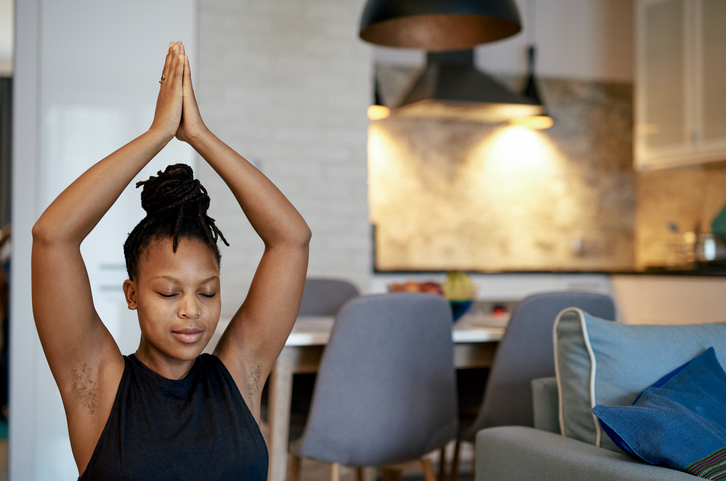
Source: mapodile / Getty
Calm down
If baths don’t do it for you, it’s still a good idea to find your own ways to de-stress, as stress can lead to high blood pressure, which can negatively impact circulation. Remember that blood pressure refers to the pressure of your blood on blood vessel walls as they move throughout your body. High blood pressure can interfere with proper blood flow, and high stress and high blood pressure go hand in hand. Perhaps it’s time to engage in fewer political arguments on Facebook?

Source: Elena Fedorina / Getty
Try a dry brush
Maybe you used to see your grandmother using a completely dry brush all over her body and wondered what she was doing. She was enjoying an age-old holistic technique to improve circulation. Dry brushing provides short but intense bursts of compression and muscle activity around the body, to help keep blood flowing.
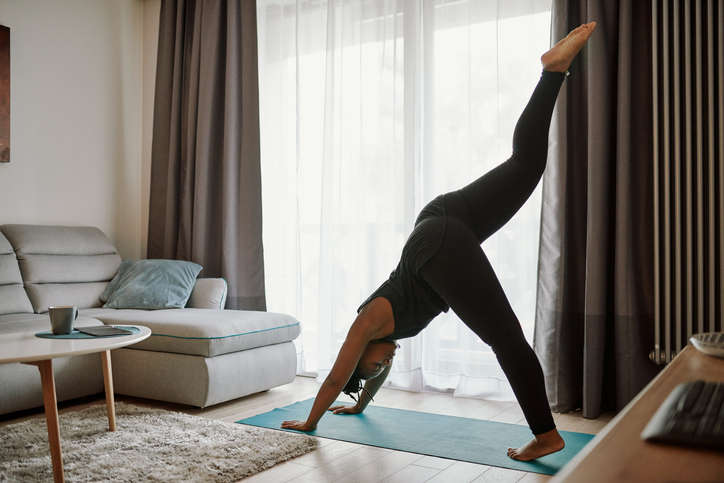
Source: mapodile / Getty
Kick your legs up. Literally.
If you’ve taken a few yoga classes, you may have experienced the pose in which you lie flat on the floor, scoot your butt against the nearest wall, and then flip your legs up against the wall. This puts you in a position your body is rarely in, which does wonders for your circulation. You don’t have to do this pose, though – you can also just put your legs up on an ottoman while you work or relax.

Source: Anna Blazhuk / Getty
Enjoy some tea
Soaking in the hot water of a tub can help your arteries and veins expand, but so too can consuming warm water. Perhaps that’s where the age-old tradition of drinking tea when upset comes from – it literally relaxes the body. If you want to feel truly relaxed after consuming your cup, stick to the non-caffeinated stuff.

Source: LaylaBird / Getty
Drink enough water
If you feel sluggish when you’re dehydrated, that’s because blood is literally moving slowly through your body. When you don’t have enough water, your blood cells hold onto sodium, making the blood thicker, and making it harder for blood vessels to circulate. That’s just one more reason to find new ways to stay hydrated and prevent dehydration.
Stretch
Start your days with some good stretches. And take some breaks throughout the day to stretch again. Stretching improves blood flow to your muscles, by activating and moving parts of the body that have remained stagnant and congested. We made this video highlighting stretches to do after work, created by Charged Up Dance Fitness Owner Ciji Carr-McManus.







